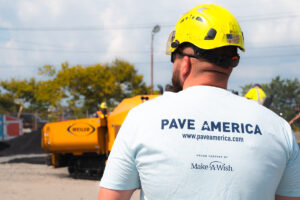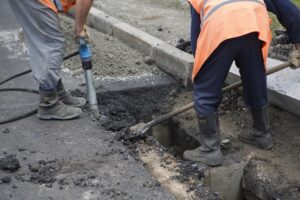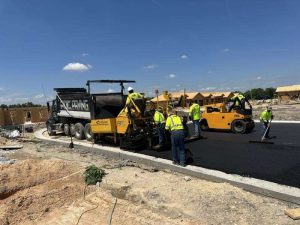How Are Control Joints Used For Concrete Flatwork in Austin?
 If You Are Learn About How Are Control Joints Used For Concrete Flatwork in Austin, So You are the right place here. Concrete flatwork in Austin can benefit properties in many ways. Concrete is a versatile material that can take the shape of whatever form you pour it into. Flatwork is a particularly useful way of taking advantage of concrete’s strength and durability, and property owners use it frequently for everything from sidewalks to parking lots.
If You Are Learn About How Are Control Joints Used For Concrete Flatwork in Austin, So You are the right place here. Concrete flatwork in Austin can benefit properties in many ways. Concrete is a versatile material that can take the shape of whatever form you pour it into. Flatwork is a particularly useful way of taking advantage of concrete’s strength and durability, and property owners use it frequently for everything from sidewalks to parking lots.
Despite its resilience, concrete flatwork isn’t immune to damage. Like asphalt, it can crack, resulting in tripping hazards, unsightly looks and vulnerability to water penetration. Fortunately, contractors have one tool in their arsenal to prevent major damage.
What are Control Joints for Concrete Flatwork in Austin?
Control joints refer to continuous gaps placed strategically into the surface of the concrete. Looking at a sidewalk, you’ll notice it contains various large sections separated by gaps. Those gaps are control joints.
But what are they for?
Control joints are planned cracking points. Concrete flat work begins as a wet fluid. As it cures, it hardens and experiences slight shrinkage, which may cause cracking. Cracks can also develop over time due to settling, pressure from substantial weight and stress from regular use.
Even concrete flat work poured by highly skilled professionals can crack. These projects are an investment, and concrete flatwork costs are significant. With control joints, contractors can plan for cracks from the jump, giving the material a path to separate. They prevent uneven splintering, ensuring concrete cracks in a straight line that’s barely visible.
How Do Concrete Contractors Create Control Joints?
There are a couple of ways to create control joints. The different approaches may impact total concrete flatwork cost due to the labor involved, but both are equally effective.
The first method uses tools to create joints before the concrete sets. This usually occurs up to 12 hours after pouring, before concrete bleeding starts. Contractors can use hand tools to carve the joints into the moist material, allowing it to cure as the rest of the slab does.
The second option is to use a concrete saw after curing. Timing is crucial; contractors usually do it up to 18 hours after pouring.
How Deep Should Control Joints Be in Austin Concrete Flatwork?
For maximum efficiency, concrete contractors must create joints that are a quarter of the depth of the flatwork. That means standard four-inch concrete will need joints that are one inch deep
How Do Contractors Space Control Joints in Flatwork?
The depth of the control joints is trickier to calculate. Spacing depends on the design of the Austin concrete flat work. Typically, concrete contractors will take the thickness in inches to perform a few calculations. Control Joints Used For Concrete Flatwork in Austin should be two to three times apart in feet.
For example, you might have a four-inch thick slab of concrete. To determine proper spacing, convert that measurement (four) into feet and multiply it by two or three. Therefore, there should be control joints every eight to 12 feet.
Are Control Joints the Same as Expansion Joints for Concrete Flatwork in Austin?
Expansion joints and control joints can appear in concrete flat work. While they both prevent damage, they serve two different purposes.
Control joints allow the concrete to crack at specific points when settling. Expansion joints accommodate movement between two concrete pours, particularly during temperature-related contraction and expansion. They usually connect a sidewalk to a building foundation or two pathway sections poured at different times.
Control joints are an important part of Austin concrete flatwork, helping keep your investment in good shape for as long as possible. When you want control joints concrete flatwork correctly, turn to RDC Paving. We’re Austin’s premier paving company, bringing decades of experience to every project. We take your satisfaction seriously and work hard to deliver results that last.
In addition to concrete flat work, we do asphalt paving, repairs, sealcoating, overlays, parking lot maintenance, striping and more. Our team can also repair concrete, install ADA-compliant features, build curbs, etc. No project is too big or small, and we’re eager to show you what we can do.
Call RDC Paving now at (512)920-9155 to get a free quote! We can also be reached through our online contact form or email at ryan@rdcpaving.com.




